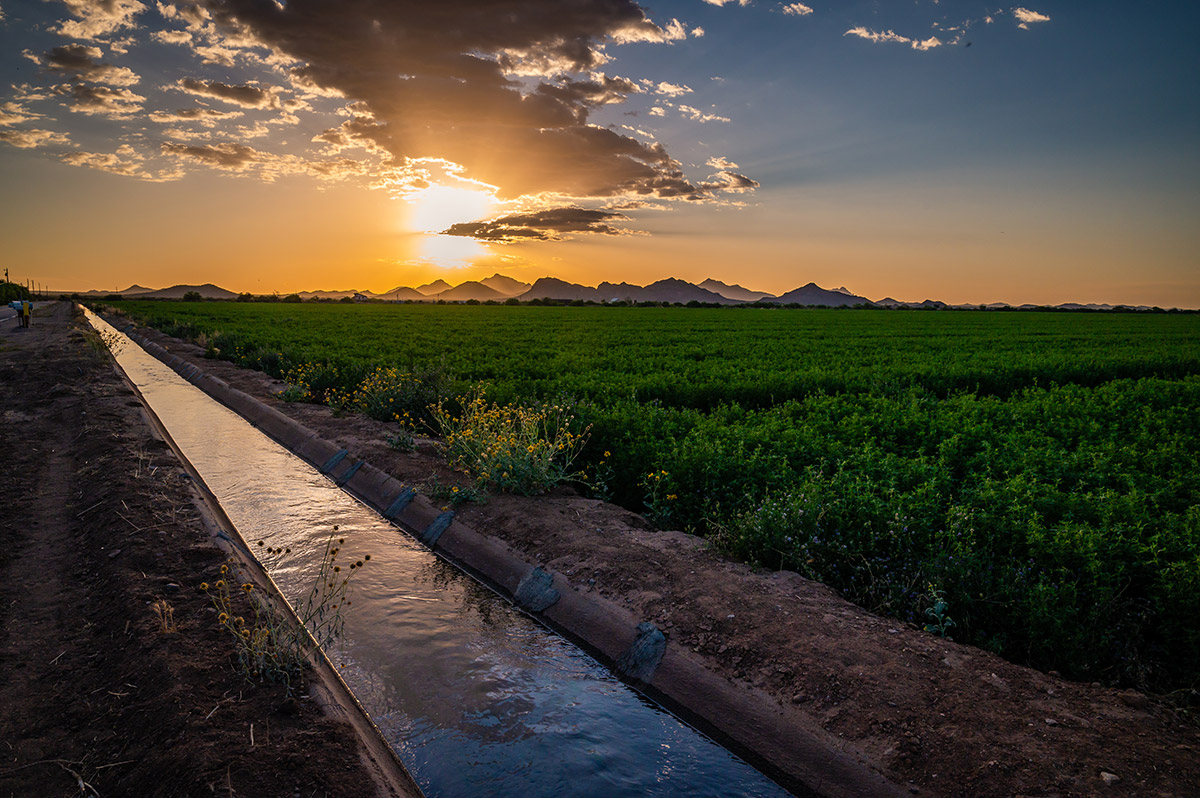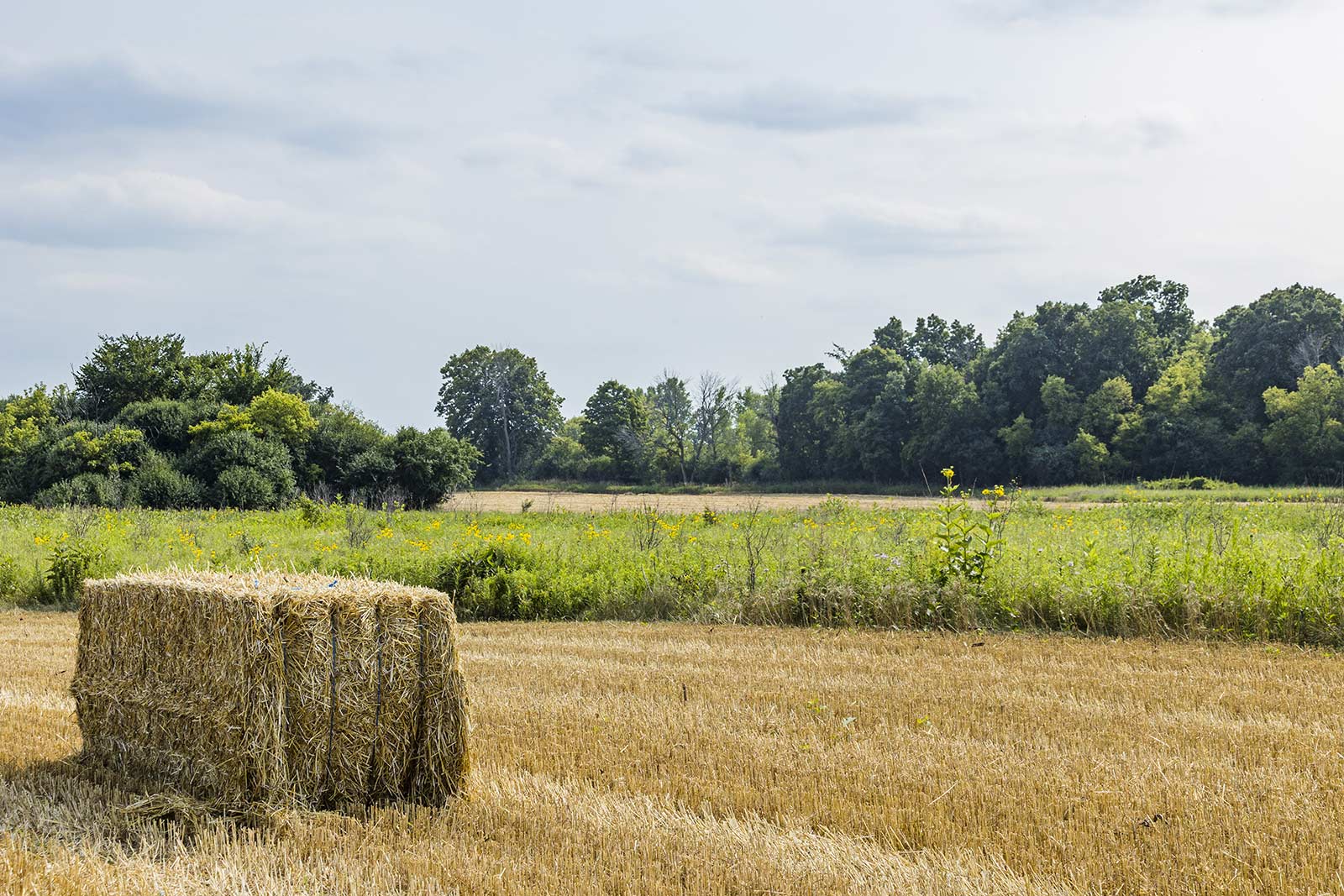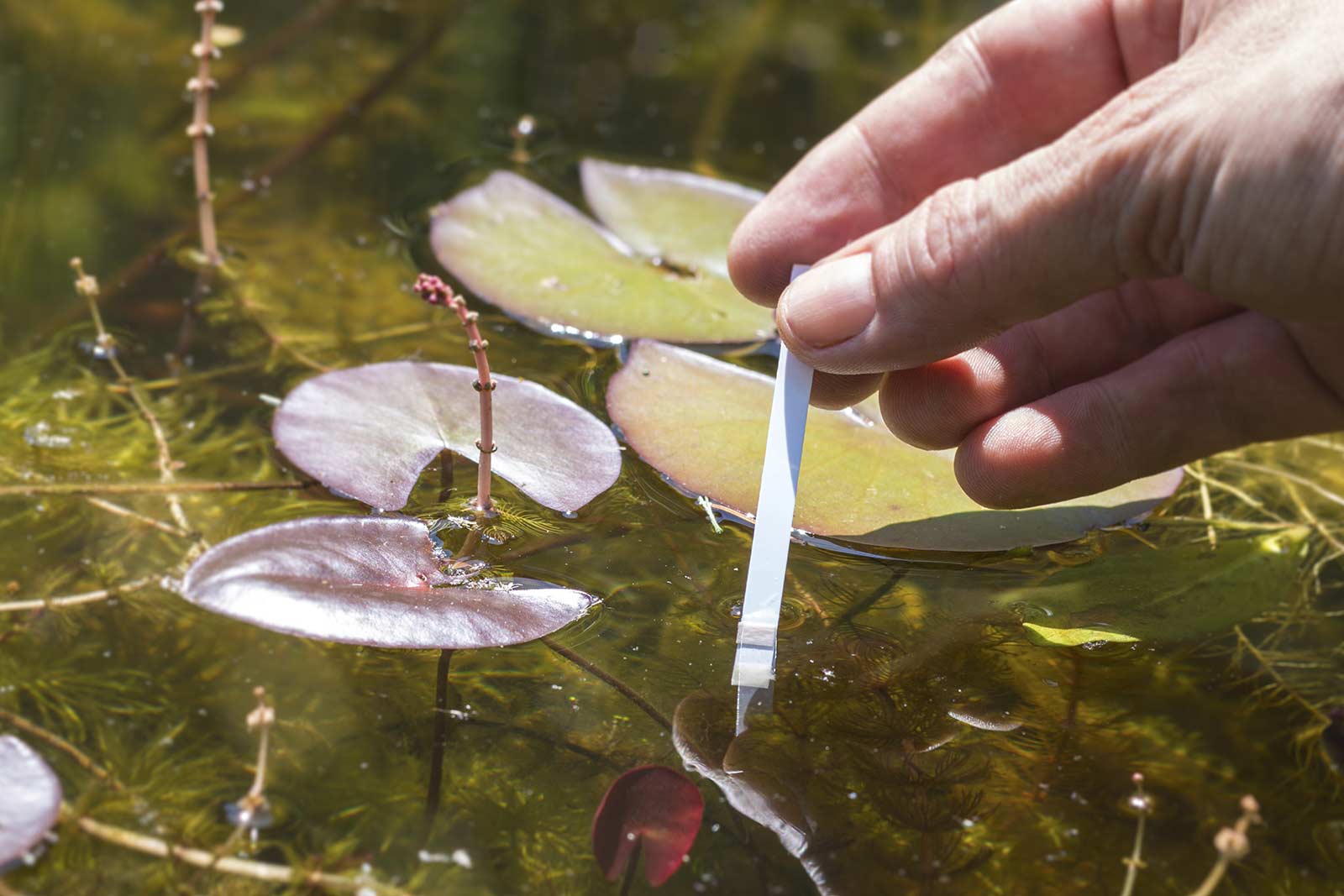BLOG

CRP Pros and Cons
If you’re considering enrolling your land in the Conservation Reserve Program (CRP), you likely already have some idea of the benefits of participating in this program. But you may be wondering what, if anything, are the drawbacks to CRP? While the positives of participating in CRP certainly outweigh the negatives, it’s important to understand both

Top 3 Reasons CRP Landowners Choose FDCE
Each year, FDCE conducts a customer survey to gain feedback on the Conservation Reserve Program (CRP) services we provide. For our 2021 survey, we were thrilled to receive overwhelmingly positive results. Over 82% of our customers reported that they were satisfied or very satisfied with our services, while 85% of respondents stated they were likely

Conservation Reserve Program Sign-Ups Begin for 2022
The USDA has announced that farmers and landowners will be able to sign up for the Conservation Reserve Program (CRP) for 2022 starting at the end of January. Enrollment for the General CRP will be open from January 31 through March 11, and for the Grassland CRP from April 4 through May 13. General CRP

Rules for Maintaining Your CRP Acres
Establishing your Conservation Reserve Program (CRP) project on your eligible farmland is the first step in taking advantage of the extensive benefits associated with the program. There are a number of eligibility requirements you and your land must meet in order to participate in CRP, but once the initial phase of planting and growing has

Why Choose Prairie Strips Over Traditional Strip Designs?
When beginning your contract with the Conservation Reserve Program (CRP), you may have questions regarding which types of farming practices are best suited for maximizing the benefits of the program. Through the Clean Lakes, Estuaries and Rivers (CLEAR) Initiative established by the CRP, CP-43 Prairie Strips is a new project designed to assist you with

What is CRP doing for your water?
One of the most important benefits of the Conservation Reserve Program (CRP) is the improvement of water quality in farmlands participating in the program. While traditional agricultural practices can damage our country’s water supply by the use of pesticides and other harmful chemicals, CRP has been shown to improve water quality through numerous research and
